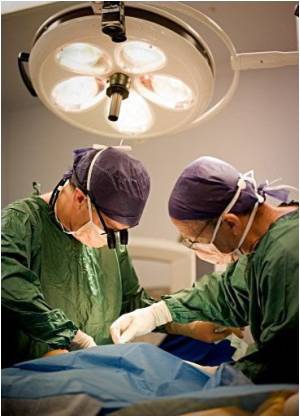
Using data from the Nationwide Inpatient Sample (NIS) from 2003 through 2008, the study authors found that the number of bariatric operations peaked in 2004 at 135,985 cases (63.9 procedures per 100,000 adults) and reached a plateau at 124,838 cases (54.2 procedures per 100,000 adults) in 2008. The proportion of laparoscopic bariatric operations increased from just over 20 percent in 2003 to more than 90 percent in 2008 and the inhospital mortality rate for these procedures decreased from 0.21 percent to 0.10 percent.
The researchers also identified a considerable swell in the number of bariatric surgeons during the six-year study period. Bariatric surgeons with membership in the American Society for Metabolic and Bariatric Surgery (ASMBS) increased from 931 to 1,819 representing a 95 percent increase.
With regard to the procedures hitting a plateau in 2004, Dr. Nguyen concluded it was likely due to a decrease in patient demand or increased difficulty for patients to access bariatric surgery, possibly tied to lack of insurance coverage.
The median age of patients studied who underwent bariatric surgery ranged from 42 to 45 years, with 79.2 percent to 82.6 percent female and the proportion of Caucasians ranged from 71.3 percent to 78.2 percent. The study sample represents approximately 20 percent of U.S. community hospitals and includes public hospitals and academic medical centers.
Advertisement









